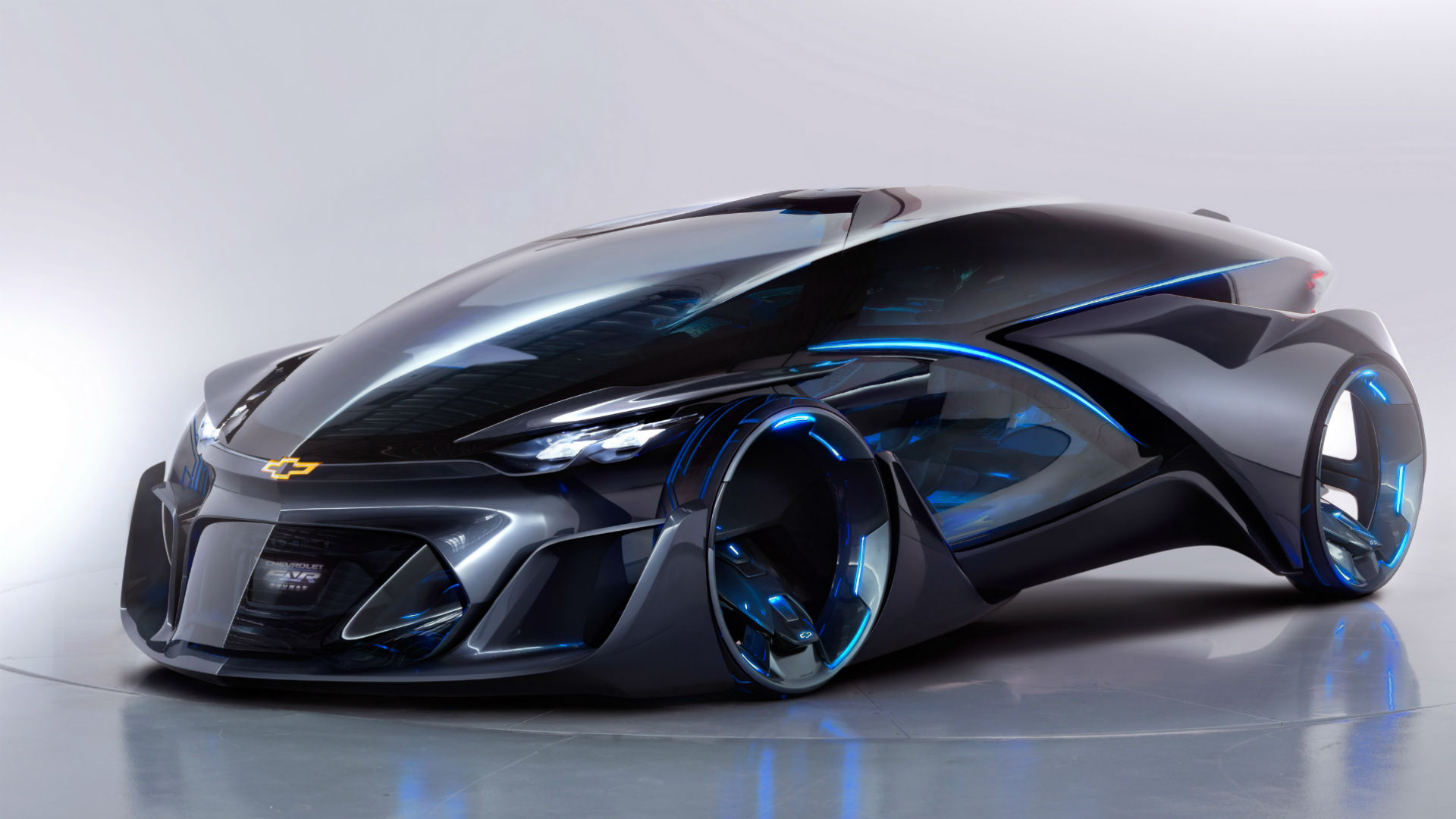

Earlier this October, General Motors filed for two trademarks on the name “Chevrolet FNR” with the United States Patent and Trademark Office (USPTO), The Drive has discovered.
GM filed for both “FNR” and “Chevrolet FNR” on Oct. 8, each listed as pertaining to “motor land vehicles, namely, automobiles, sport utility vehicles, trucks, vans, engines therefor and structural parts thereof.”

The FNR badge has been used before on a conceptual autonomous electric vehicle with biometric activation, which debuted at the 2015 Shanghai Auto Show. GM’s Shanghai-based Pan Asia Technical Automotive Center designed the vehicle, which features “dragonfly” doors that make scissor doors look modest. Most images of the FNR are renderings, though a handful of photos exist of the real car.

Less than a week prior to the FNR Concept’s debut, GM filed for two trademarks identical to those for which it applied on Oct. 8. None of the four have been granted, though the USPTO states that “a fifth request for extension of time to file a Statement of Use has been granted” with regard to the filings dated 2014. It’s unclear whether the new filings are an effort to maintain a hold on the name while GM finds a purpose for it.

At the time, the idea that GM could make an autonomous electric vehicle seemed to be nothing more than a fantasy, let alone a vehicle as outlandish as the FNR. In the years since, however, GM has emerged as one of the leading companies in the field of autonomous transportation, alongside Google-owned Waymo, with Tesla Motors making progress of its own in an effort to keep pace with its larger competitors.

Eventually, the FNR evolved into 2017’s FNR-X concept, a crossover design study which has, in turn, spawned the Chevrolet Orlando, a China-only seven-seat crossover. GM has not filed any trademarks on the FNR-X name in the United States, and though it does have a filing for the Orlando name, the USPTO has not granted GM the trademark for the same reason it has denied GM the FNR trademark: GM has yet to file a Statement of Use.

Chevrolet Orlando
, General MotorsWhile the FNR’s lineage can be directly traced to a Chinese crossover, that doesn’t inherently mean GM is done with the name, or the still eye-catching concept car. If anything, GM’s apparent continued interest in the name could portend an intent to make use of it in the future, but don’t hold your breath just yet—we have yet to hear back from GM whether it’ll either give the FNR a tour stateside or if it will bring the name to a production vehicle.
In equal measure to any optimism, one must take a dose of skepticism: Automakers regularly apply for the rights to names they never use. Keep that in mind before putting acorns away to buy an FNR of your own.
